Remember when television was a shared experience that had us all gathering around the set at the same time? Back in the day, certain moments on TV became cultural touchstones that defined generations and sparked conversations at water coolers across America. These unforgettable broadcasts shaped our collective memories, but many of them simply wouldn’t make it to air in today’s more cautious entertainment landscape.
1. Johnny Carson’s Cigarette-Filled Tonight Show
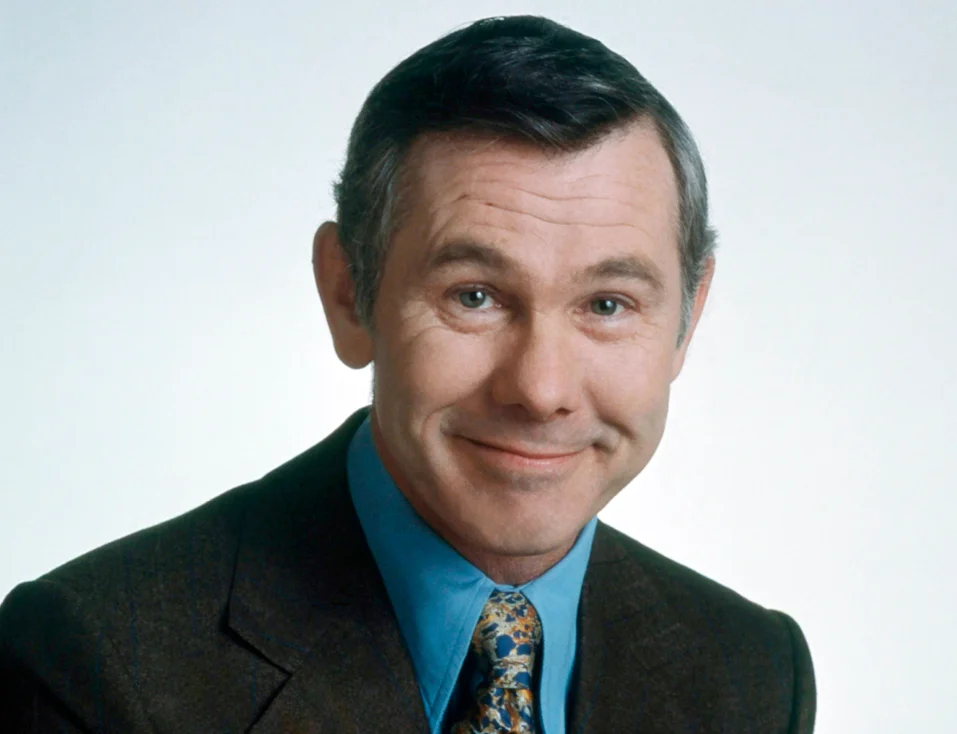
Johnny Carson’s 30-year reign on “The Tonight Show” featured the host and countless guests puffing away on cigarettes right on camera. The constant cloud of smoke hanging in the studio was so normal that nobody gave it a second thought, with ashtrays being as essential as water glasses on the guest table. Carson’s relaxed smoking demeanor created an intimate atmosphere that made viewers feel like they were having a late-night chat with a friend in their living room. According to a statement by his brother shared by New York Post, becoming a chain smoker was Carson’s greatest regret all his life.
These days, network standards would never allow prominent personalities to smoke on air, especially during interviews viewed by millions. The cultural shift around tobacco has been so dramatic that younger viewers might be shocked to see how casually cigarettes were featured in what was America’s most popular late-night program. Carson’s smoke-filled studio represents not just changed broadcast standards but a fundamental transformation in what society considers acceptable behavior on television.
2. All in the Family’s Boundary-Pushing Dialogue

When “All in the Family” premiered in 1971, Archie Bunker’s politically incorrect opinions and colorful language left audiences both laughing and gasping in disbelief. CBS even aired viewer disclaimers before episodes, warning that the show was designed to throw a spotlight on prejudice through satire. Norman Lear’s groundbreaking sitcom tackled topics like racism, homophobia, and religious intolerance with a frankness that had never been seen in a comedy format. Indeed, The Atlantic credits this series with changing all of American television forevermore.
The show’s willingness to have its main character use derogatory terms (albeit to expose their ignorance) would face insurmountable network resistance today. “All in the Family” worked because it existed in a specific cultural moment when television was transitioning from safe family entertainment to more relevant social commentary. Archie Bunker’s living room became the battleground for America’s culture wars, creating uncomfortable but necessary conversations that helped society confront its deep-seated prejudices.
3. The Dean Martin Celebrity Roasts’ Unfiltered Humor

The Dean Martin Celebrity Roasts of the 1970s featured comedians and celebrities delivering blistering, no-holds-barred jokes at each other’s expense while appearing visibly intoxicated. Stars like Don Rickles, Joan Rivers, and Foster Brooks would deliver zingers about everything from physical appearance to cultural stereotypes with Martin himself often appearing to sip liberally from his whiskey glass throughout the proceedings. The atmosphere was one of cheerful irreverence, with the understanding that everything said was in good fun among friends. According to Mental Floss, this right here was the start of a longer trend of celebrity roasts that continues to this day, albeit in different formats.
In today’s environment of increased sensitivity and sobriety awareness, such unfiltered roasting combined with the glamorization of alcohol consumption would never receive a network green light. The casual jokes about ethnicity, appearance, and personal habits would be considered too offensive for broadcast television. These roasts remain fascinating time capsules of an era when comedy had different boundaries and audiences weren’t connected by social media to immediately express outrage.
4. The Original MTV VJs and Music Video Content
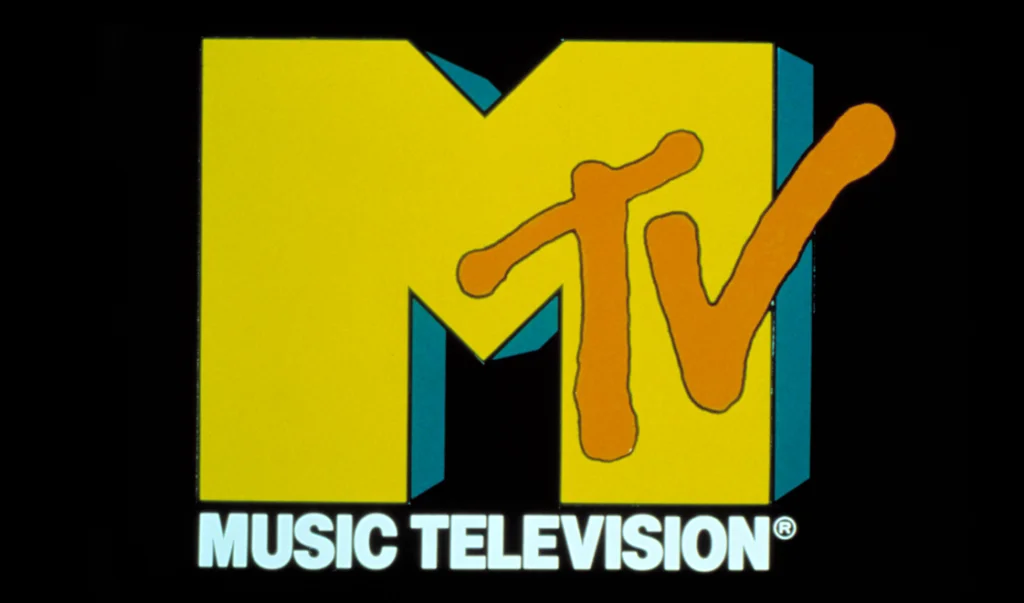
When MTV launched in 1981 with the prophetic “Video Killed the Radio Star,” it revolutionized music entertainment with VJs introducing videos that often featured provocative imagery and minimal clothing. Early MTV was a wild frontier of creative expression, with videos like Duran Duran’s “Girls on Film” or Van Halen’s “Hot for Teacher” featuring content that would make today’s network executives break out in cold sweats. The channel’s anything-goes attitude perfectly captured the excess and experimentation of the 1980s cultural zeitgeist.
The unregulated nature of early music television allowed artists to push boundaries in ways that helped define the visual language of music promotion for decades to come. Today’s MTV, having largely abandoned music videos, operates under stricter content guidelines that reflect changed sensibilities about appropriate content. Those early MTV years represented a brief window when cable television existed without the content scrutiny that would later become standard, allowing for artistic expression that seems shocking when viewed through a contemporary lens.
5. The Carol Burnett Show’s Variety Hour Format
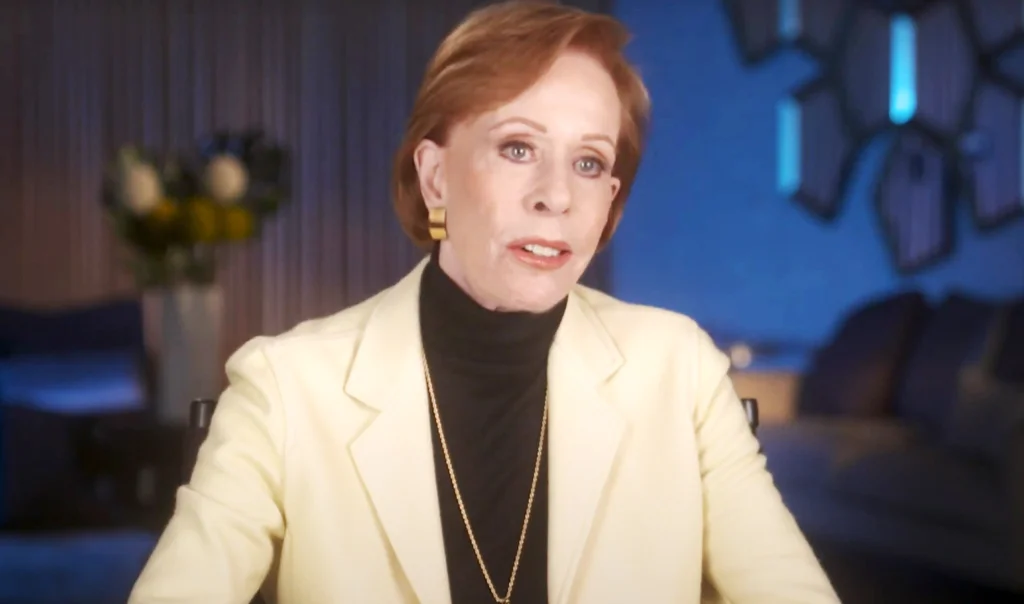
“The Carol Burnett Show” delivered weekly variety entertainment with elaborate musical numbers, costume changes, and guest stars in a formula that dominated television for decades before gradually disappearing. Burnett’s slapstick comedy, memorable characters, and the show’s large production scale represented the pinnacle of variety entertainment that required network commitment to big budgets and live audience formats. The show’s famous “Went with the Wind” curtain rod dress sketch demonstrates how these productions became shared cultural references for an entire generation.
Today’s fragmented viewing habits and production economics have rendered the traditional variety format nearly extinct on major networks. The cost of producing weekly variety shows with large casts, orchestras, and elaborate sets simply doesn’t make financial sense in a streaming-dominated landscape. Carol’s famous ear tug at the end of each episode symbolizes a more innocent time in television when families gathered together at the same time each week for shared entertainment experiences that created national conversation.
6. Cheers’ Casual Approach to Alcohol Consumption
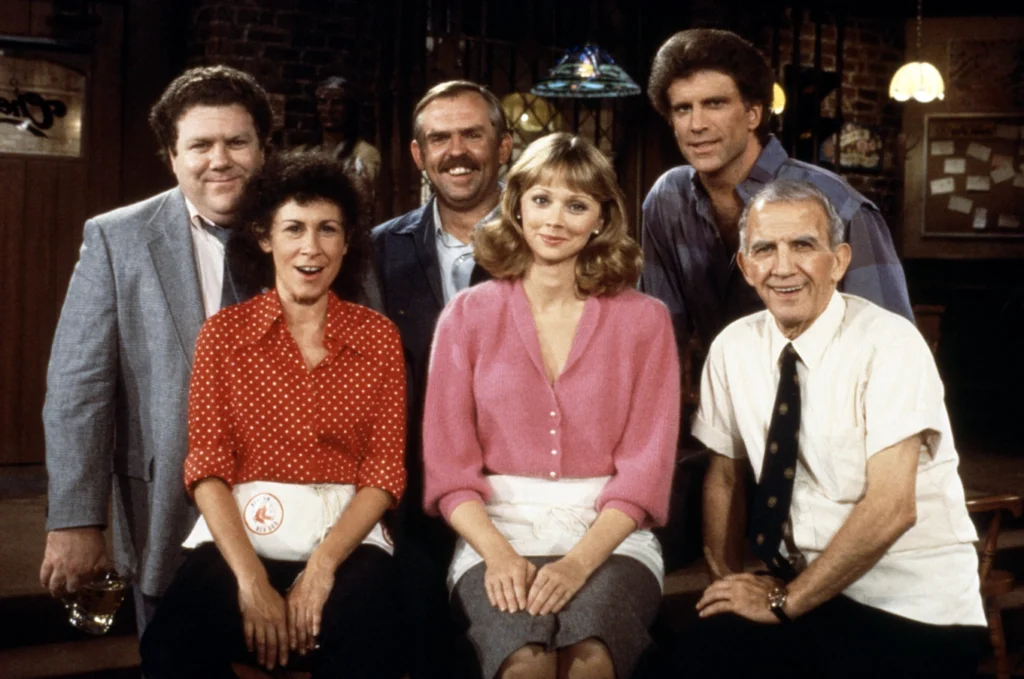
“Cheers” centered its entire premise around a Boston bar where drinking wasn’t just incidental but the very foundation of the show’s setting and character interactions. Characters like Norm Peterson were celebrated for their prodigious beer consumption, with drinking played strictly for laughs without ever addressing potential alcoholism or health consequences. The bar’s welcoming atmosphere made “where everybody knows your name” a national catchphrase that celebrated third places where communities gathered.
Contemporary television would require a much more nuanced approach to alcohol consumption, likely including storylines about responsible drinking or addiction struggles. The casual glorification of daily bar attendance without showing any negative impacts would face pushback from networks concerned about promoting unhealthy behaviors. Modern reboots of similar concepts would likely include more diverse beverage options and characters who abstain, reflecting changed social attitudes about the centrality of alcohol in American social life.
7. The Jeffersons’ Groundbreaking but Dated Approach to Race
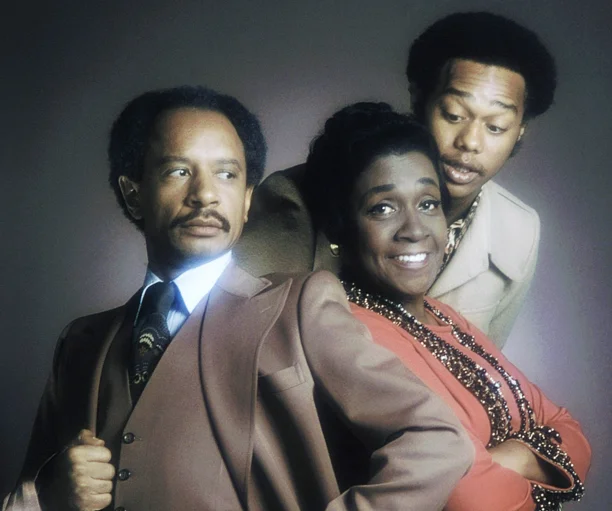
When “The Jeffersons” premiered in 1975, its portrayal of a successful Black family “moving on up” to a deluxe apartment was revolutionary for American television. George Jefferson’s character often expressed reverse prejudice against white people, using terms like “honky” that networks allowed as commentary on racial dynamics of the time. The show tackled interracial marriage, discrimination, and socioeconomic mobility with a directness that was unprecedented, making it a landmark in television’s approach to racial issues.
While the show’s importance to representation cannot be overstated, its specific approach to dialogue around race reflects a particular moment in America’s evolving conversation about equality. Today’s more nuanced understanding of systemic racism and microaggressions would require different storytelling approaches than the sometimes broad characterizations used in “The Jeffersons.” The show’s lasting legacy demonstrates how television can both reflect and shape social attitudes, even as specific elements of its presentation would face significant revision in contemporary productions.
8. M*A*S*H‘s Frank Burns Character and Military Portrayal
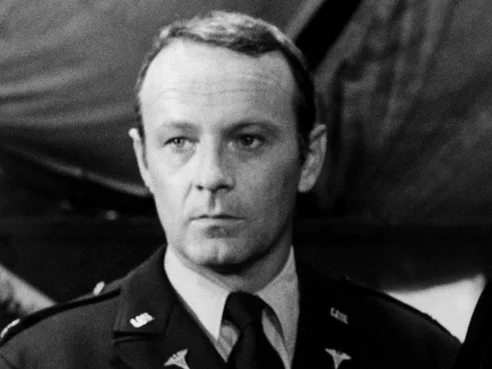
The character of Frank Burns in “M*A*S*H” was portrayed as an incompetent, hypocritical surgeon whose military rank was routinely disrespected by Hawkeye Pierce and others. Burns served as the show’s antagonist, regularly humiliated for his by-the-book approach and affair with Head Nurse Margaret Houlihan while maintaining a façade of moral superiority. His character was essentially a punching bag, subjected to endless pranks and ridicule that by today’s standards would constitute severe workplace harassment.
Contemporary military portrayals would require more nuanced approaches to hierarchy and professionalism in the armed forces. The casual disrespect shown toward both military protocol and Burns personally would likely be toned down significantly, with more balance in how different philosophical approaches to military service are portrayed. While “MAS*H” effectively used Burns to criticize blind adherence to authority during an unpopular war, today’s television would likely avoid such one-dimensional characterizations of military personnel.
9. Three’s Company’s Entire Premise

“Three’s Company” built its comedic foundation on the ridiculous premise that a man needed to pretend to be gay to live with two female roommates because landlords wouldn’t allow mixed-gender living arrangements. Nearly every episode relied on double entendres, misunderstandings about Jack Tripper’s sexuality, and landlord Mr. Roper’s homophobic reactions for its humor. The show’s physical comedy and innuendo made it hugely popular despite (or perhaps because of) its risqué-for-the-time premise.
Modern sensitivities around LGBTQ+ representation would render the entire concept problematic, as it treats homosexuality as both a punchline and a deceptive ploy. Contemporary networks would reject a premise that relies so heavily on mistaken identity around sexual orientation and the supposedly scandalous nature of unmarried men and women sharing living space. While the show featured genuinely funny physical comedy from John Ritter, its foundation in outdated social taboos marks it as a product of its era that couldn’t exist in today’s more inclusive television landscape.
10. The Dukes of Hazzard’s Confederate Imagery
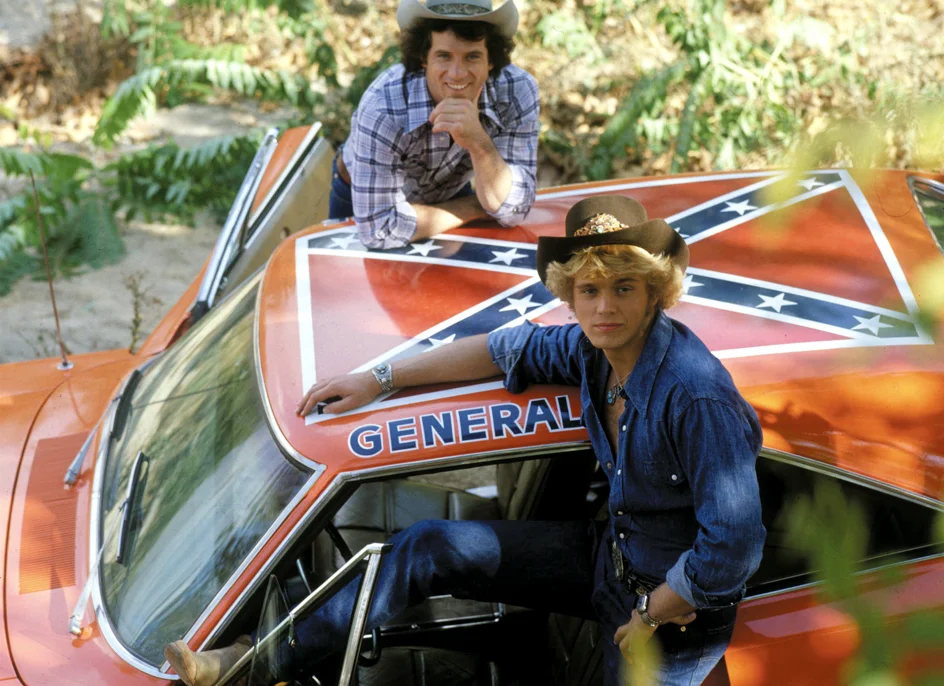
“The Dukes of Hazzard” featured the iconic General Lee car with its prominent Confederate flag roof design as a central element of the show’s imagery and merchandise. The show portrayed this controversial symbol without commentary, presenting it simply as part of Southern heritage in a lighthearted adventure series. Millions of viewers cheered on the Duke boys’ escapes from the bumbling Sheriff Rosco P. Coltrane without considering the deeper implications of the show’s casual use of Confederate symbolism.
In today’s environment of heightened awareness around historical symbols and their connections to slavery and racism, such prominent usage of the Confederate flag would never make it past network standards. The uncritical portrayal of Southern rural stereotypes and law enforcement would also face significant revision to avoid reinforcing problematic caricatures. While beloved by many for its car chases and harmless rebellion narrative, the show’s visual identity is now inextricably linked to symbols that have become increasingly recognized for their painful historical significance.
11. Married… with Children’s Deliberately Offensive Humor

“Married… with Children” broke the mold of the idealized TV family with the dysfunctional Bundys, whose crude jokes, insults, and Al’s frequent disparaging comments about overweight women became its trademark style. The Fox network series reveled in pushing boundaries with storylines about Al’s disdain for his family life, Peggy’s laziness, and Kelly’s promiscuity, all played strictly for laughs without the heartwarming resolution typical of family sitcoms. The infamous “fat women jokes” and constant references to Al’s disinterest in marital relations with Peggy generated both ratings and controversy throughout its 1987-1997 run.
Today’s networks would require significant toning down of the body-shaming humor and sexist attitudes that were central to the show’s identity. The series faced pushback even in its own time from advertisers and advocacy groups concerned about its deliberate crudeness and mean-spirited characterizations. While groundbreaking for its anti-sitcom approach that influenced later shows like “The Simpsons,” the specific targets of its humor and its gleeful embrace of offensiveness place it firmly in an era before heightened awareness of how media portrayals impact societal attitudes.
12. Fantasy Island’s Smoke-Filled Opening Sequence
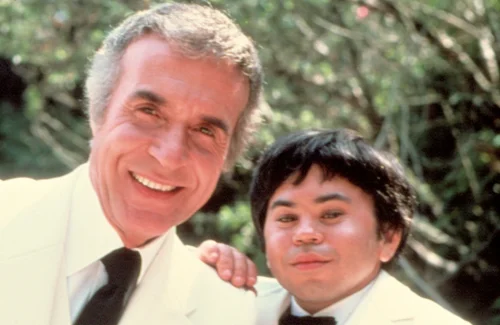
Ricardo Montalbán’s iconic character Mr. Roarke would begin nearly every episode of “Fantasy Island” emerging dramatically from a cloud of smoke, a special effect that added mystery and otherworldliness to his character. The billowing smoke created a mystical atmosphere for the show’s premise of supernatural wish fulfillment, with Tattoo’s famous “The plane! The plane!” announcement completing the memorable opening sequence. The smoke effect was used repeatedly throughout the series’ 1977-1984 run, becoming one of television’s most recognizable character introductions.
Contemporary productions would likely avoid such heavy use of atmospheric smoke effects due to changed perceptions about glamorizing smoking, even when no actual cigarettes appear on screen. The smoke-filled entrance would now be accomplished through CGI rather than practical effects that exposed actors and crew to potentially harmful substances. This seemingly minor production detail illustrates how even visual techniques and special effects that were once standard have evolved in response to health concerns and changing visual aesthetics of television production.
Television has always been a mirror reflecting our cultural values, but what that mirror shows has changed dramatically over the decades. These iconic moments from television history don’t just entertain us with nostalgia; they help us measure how far we’ve come as a society in terms of what we find acceptable, funny, or offensive. While we might sometimes miss the anything-goes spirit of television’s earlier days, the evolution of broadcast standards reminds us that as we know better, we do better—even when it comes to our entertainment choices.


